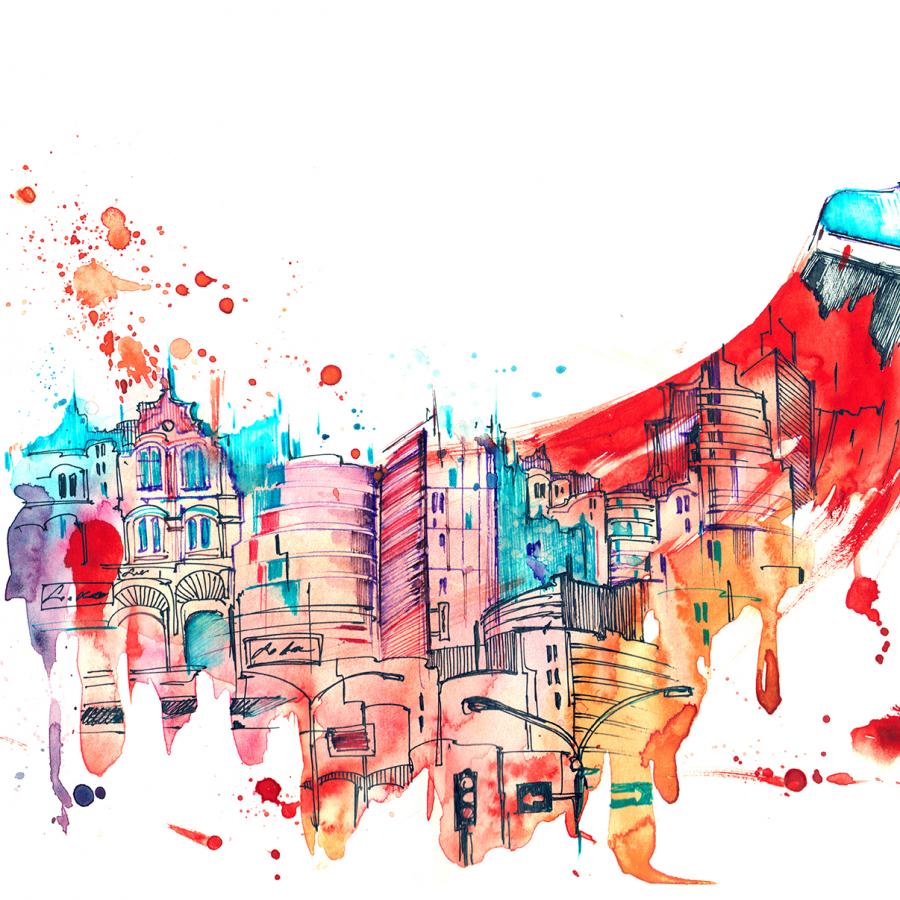Transportation
Transportation is a crucial link to ensuring opportunity for all — connecting us to jobs, schools, housing, health care, and grocery stores. But, millions of low-income people and people of color live in communities where quality transportation options are unaffordable, unreliable, or nonexistent. Federal transportation policy choices—what we build, where we put it, who builds it, how we operate it, and what energy powers it — have an enormous impact on our economy, our climate, and our health. We must invest in a manner that builds a nation where all people can participate and prosper.
Arts, culture, and transportation are not usually talked about in the same breath, but together they offer tremendous opportunity. Using an arts and culture lens to shape transportation investments can bring communities together around an asset frame — proud, empowering traditions — and result in transportation systems that work better for the people who need them most. Furthermore, the transportation sector brings significant resources that can yield lasting arts and cultural assets for communities.
Transportation equity champions have discovered that engaging artists and cultural organizations strengthen organizing and advocacy efforts and result in better transportation and community design. Artists and cultural organizations can:
- engage communities in setting transportation priorities for transit-dependent populations;
- drive creative transportation designs that reflect the community values and leadership;
- use infrastructure investment for cultural benefits, such as culturally representative transit plazas, and walking or biking paths that safely connect key community amenities;
- mitigate the impacts of transportation infrastructure
- construction on businesses and imbue transit hubs and districts with cultural identities; and
- organize communities to prevent the displacement often generated by transportation investments.
Artists and cultural organizations are stepping up to improve life and opportunity in their communities by:
- winning affordable transportation improvements for transit-dependent people;
- gaining fair access to quality jobs, workforce development, and contracting opportunities in the transportation industry; and
- delivering healthy, safe, and inclusive communities and cultural districts through equitable transportation investments.
All of these investments can leverage equitable development that supports diverse cultural communities. Artists and cultural organizations can bring their unique talents, voices, and perspectives to make it happen.

